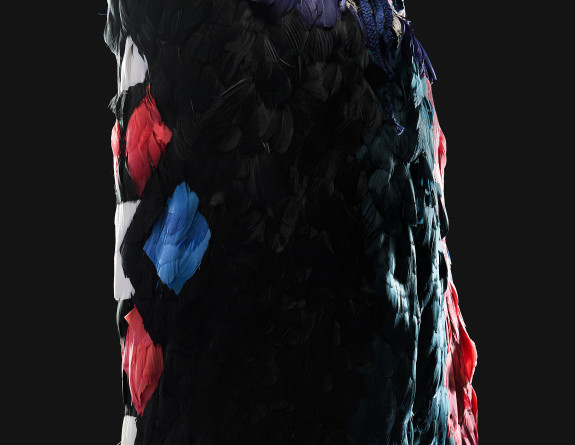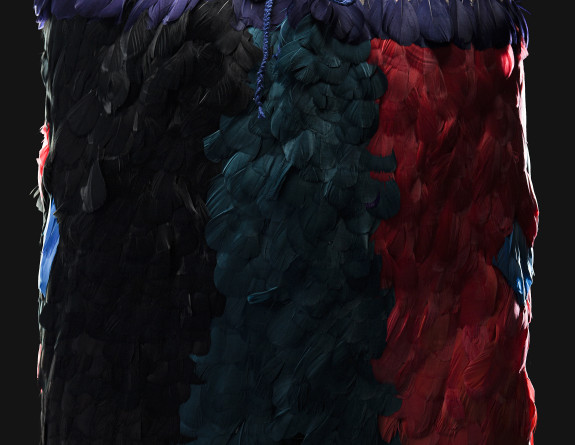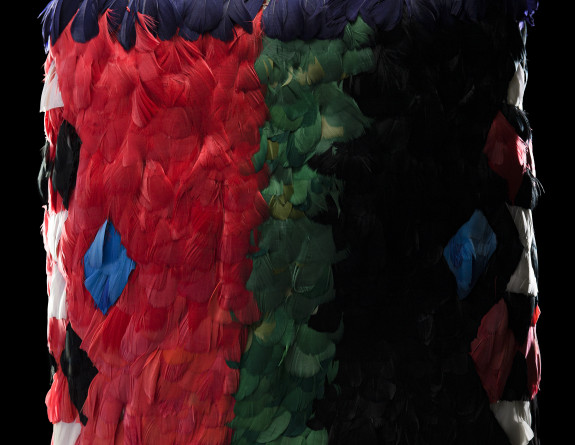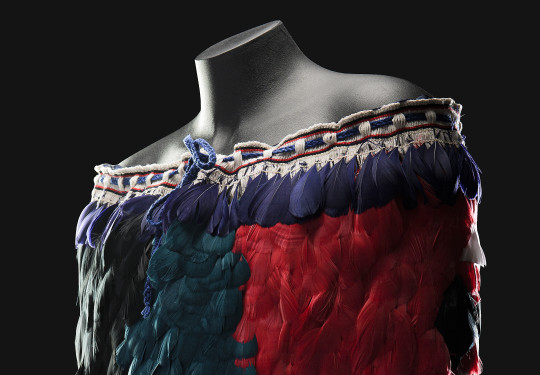Te Waitohu ō Te Waipounamu
3rd Combat Service Support Battalion (3CSSB) was recently gifted a specially woven Kahu Huruhuru which was two years in the making.
29 July, 2022
In 2020 then Commanding Officer Lieutenant Colonel (LTCOL) Marcus Linehan and Regimental Sergeant Major Warrant Officer Class One (WO1) Leon Whitelaw approached WO1 Robert Jobe asking him if he would design and weave the 3CSSB Kahu.
LTCOL Linehan said the unit had a great culture when he arrived but did miss some of the close connections some other units had with Ngāti Tūmatauenga and the Army Marae in Waiouru.
“A command team visit to the Army Marae early on helped re-establish some of those connections, reminding us all of the importance of the term te ao Māori and use of tikanga,” he said.
Having already woven eight other cloaks for the New Zealand Defence Force, including for the Royal New Zealand Army Logistic Regiment (RNZALR), WO1 Jobe said he was honoured to weave one for 3CSSB.
“It was an honour to weave this cloak for 3CSSB. Having woven the Regiment Kahu it allowed the 3CSSB Kahu to have a genealogy, a link to follow back to their Regiment, as Iwi of Ngāti Tūmatauenga and also their marae in Waiouru.
“It also meant that I could put a definite logistics feel, description and ownership of the cloak to make it exclusively 3CSSB,” he said.



A specially woven Kahu Huruhuru (feather cloak) was gifted to 3rd Combat Service Support Battalion (3CSSB).
The Kahu Huruhuru named “Te Waitohu ō Te Waipounau” is explained in detail through the kaupapa (story) of the Kahu. The Kahu has been woven as symbolic link between the regimental cloak, regiment members, current members, the location of the unity and the remembrance of those who have gone before.
Wearers of the Kahu will be recognised as having, or living the Battalion motto of Whirikoka ō Roto, Strength from Within, and can be worn by any member of 3CSSB (military or civilian) who attend an occasion, or whose achievement warrants the wearing of the Kahu.
The initial design elements for inclusion on the Kahu were proposed by the CO and RSM and were derived from the 3CSSB Tukutuku, Patiki, and the RNZALR.
WO1 Jobe, who is currently posted to HQ Joint Operations Command in Canberra, said the design process was pretty simple, however he let wairua (spirit) guide him.
“I am very spiritual and believe that wairua will guide me, then I trust and will listen for their guidance on what should be on a cloak.
“What I came up with was not as the cloak was finished. I thought of some embroidery on the back and a bit longer, but it wasn’t to be, and I believe that wairua didn’t want more on it, or for it to be longer.
“In the end what 3CSSB got is a beautiful, stunning Kahu, uniquely and unquestionably theirs.”
The 3CSSB Kahu has been woven using many different coloured goose feathers, and took WO1 Jobe two years to weave. The colours chosen for the Kahu incorporated the red and black of the Battalion, teal blue representing the many rivers and lakes of the South Island, white depicting the Southern Alps, green which represents Te Waipounamu the South Island, and navy blue which relates back to the RNZALR Corps belt.
WO1 Jobe said that weaving Kahu/cloaks is both spiritual and physical and can’t be separated.
“I feel so blessed to have wairua and tūpuna (ancestors) who guide me in weaving, and who are with me.
“I believe it’s an honour to be asked to weave for people and the greatest gift is the smile on someone’s face when they see the Kahu, put it on, feel both physical and spiritual warmth, aroha, and rangimārie of it,” WO1 Jobe said.
Current Commanding Officer 3CSSB LTCOL Nik Hill said the presentation of the Kahu signifies an important step in the units Taonga and represents a physical symbol of its cultural heritage.
